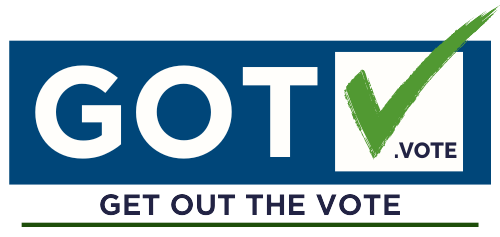Trump’s Domestic ‘Terrorists’
The Trump administration recently took to a time old classic of American politics: labeling political opposition in such a way to frame them as dangerous, subversive actors. The administration’s decision to label Antifa a domestic terrorist group wasn’t just a flash-in-the-pan political move; it was a roadmap for how the government could use the "terrorist" label to crack down on opposition.
Like Justice Potter Stewart attempting to define obscenity, Trump has decided he “knows it when he sees it” — and what he sees is anyone opposing his agenda. One might ask how you designate a group that doesn’t really exist as a terrorist organization, but that question misses the point entirely. Terrorism, despite decades of legal and scholarly attempts, remains notoriously difficult to define in any consistent way. The term is elastic, politically charged, and has been historically deployed by states to delegitimize threats to their authority. Trump’s use of “terrorism” isn't about stopping violence or combating any actual organization. It’s about creating a legal framework that transforms political opposition into criminal conspiracy, protest into insurrection, and dissent into a national security threat. When everything can be terrorism, anything the president dislikes becomes actionable.
When Trump designated Antifa a terrorist organization in 2020, it wasn't just rhetoric in response to property damage. It was a strategy to legitimize extreme government actions against his opponents. By labeling left-wing activists as “terrorists,” the administration opened the door to treating them like foreign militants, as targets for extraordinary measures outside normal legal protections.
We saw what this meant in practice almost immediately. During the George Floyd uprising in 2020, federal agents in unmarked vehicles abducted protesters off the streets of Portland, detaining them without identifying themselves or stating charges. These weren’t arrests in any conventional sense. They were snatch operations, the kind of tactic associated with military counterinsurgency, not public safety. At the time, it shocked many Americans. But in retrospect, Portland functioned as a dress rehearsal for what’s happening now.
By tying Antifa to the concept of domestic terrorism, Trump empowered government agencies to paint broad strokes, sweeping up anyone who could be labeled a threat. That same logic justifies ICE raids targeting immigrant communities connected to protests challenging U.S. immigration policies. Under this expanded definition of “terrorism,” anyone who resists government policies can be recast as a threat to national security, giving the state license to use military force and extrajudicial tactics against them.
What was shocking in Portland in 2020 is now standard procedure in LA and Chicago, where federal troops patrol city streets over the objections of elected officials. Each deployment makes the next one less remarkable, until military occupation of American cities becomes just another tool of governance. ICE raids aren't just about immigration enforcement; they're part of a larger strategy of political control. Universities aren't just worried about campus safety; they're protecting the interests of those in power by suppressing dissent.
This broad and unchecked use of the terrorist label gives authorities a free pass to target marginalized communities, knowing that they won't face significant legal challenges or public outcry — just think of Maurice Ogden’s The Hangman. After all, who's going to defend the "terrorists"? What starts as a crackdown on one group can easily snowball into broader repression of anyone who challenges the status quo. The Antifa label was just the first step in a pattern we're now seeing play out across the country, from immigration enforcement to campus activism.
In the end, the Trump administration’s use of the Antifa terrorist label isn’t just a flash-in-the-pan moment of political theater. It is a signal to the state that anyone who resists or challenges the system is a potential target. ICE raids, campus crackdowns, and the erosion of civil liberties are all part of this legacy. As we continue to see today, when you paint dissent as terrorism, you set the stage for authoritarian practices and government overreach. And once that precedent is set, it’s a lot harder to roll back.

